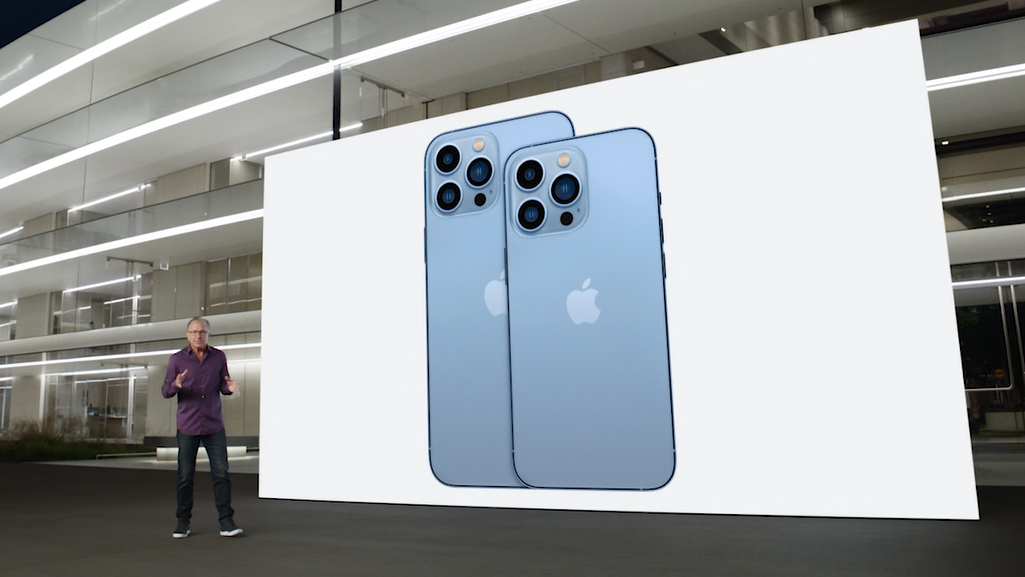Well, that was bogus.
Both prominent analyst Ming-chi Kuo and extremely reliable Apple reporter Mark Gurman got seemingly taken in this year by a rumor that the new iPhone 13 line would talk to satellites, something that completely didn’t happen during the company’s iPhone 13 announcement on Tuesday.
In fact, the iPhone 13 doesn’t even feature 5G band n53, the ground-based 5G band owned by satellite operator Globalstar, which I had speculated was the grain of truth in the rumors. So I was wrong, too.
To his credit, Gurman said in his Businessweek piece that the satellite connectivity was something Apple was noodling over and it might not happen this year. Apple is famous for experimenting with a lot of features that don’t make it to market, sometimes ever; like Orson Welles, Apple will sell no wine before its time.
We may never know what really caused those rumors to spark, but I wonder darkly if it has to do with some sort of stock pump-and-dump situation. Satellite provider Globalstar’s stock jumped after Kuo’s report, and now it’s crashing back to earth.
While several companies are experimenting with ways to potentially get standard-issue cell phones to communicate in some way with satellites, none of those solutions have launched yet. Existing satellite systems such as Starlink and Globalstar require either transmission power levels or antenna sizes that wouldn’t work in a consumer iPhone.
All of this just goes to show that rumors are just that—rumors. Stay safe out there, and keep an eye on PCMag.com for more iPhone and iPad coverage.

